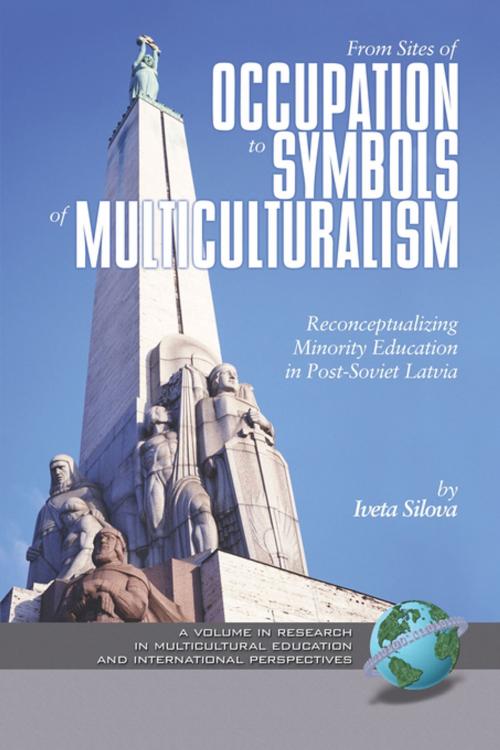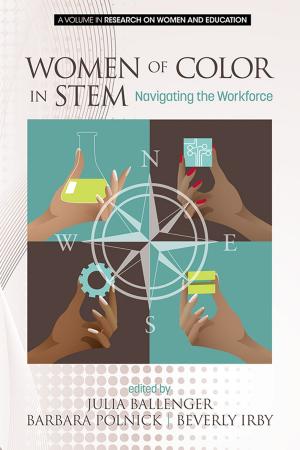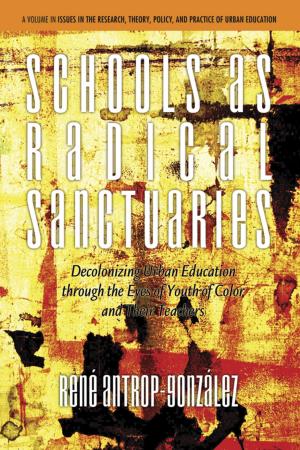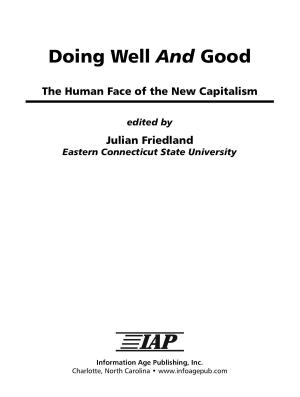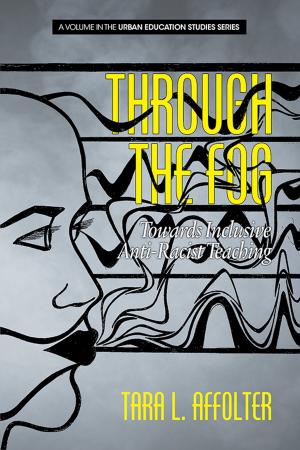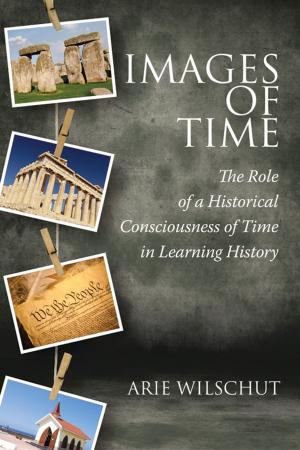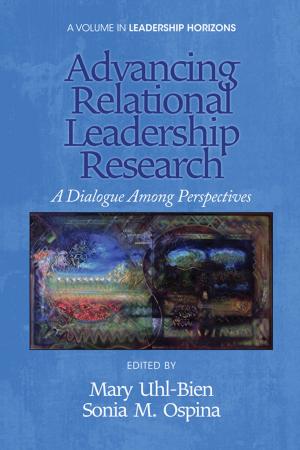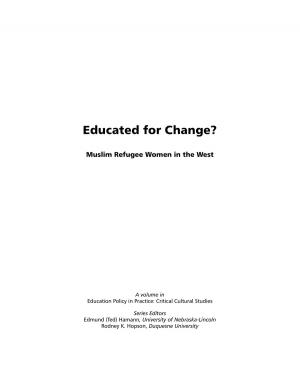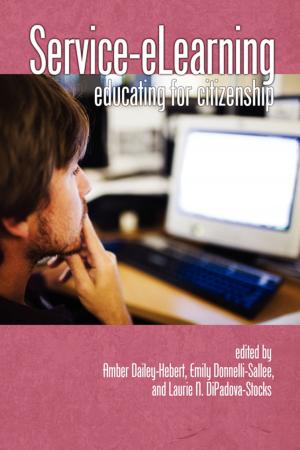From Sites of Occupation to Symbols of Multiculturalism
ReConceptualizing Minority Education in PostSoviet Latvia
Nonfiction, Reference & Language, Education & Teaching, Educational Theory, Multicultural Education, Aims & Objectives, Higher Education| Author: | ISBN: | 9781607527770 | |
| Publisher: | Information Age Publishing | Publication: | March 1, 2006 |
| Imprint: | Information Age Publishing | Language: | English |
| Author: | |
| ISBN: | 9781607527770 |
| Publisher: | Information Age Publishing |
| Publication: | March 1, 2006 |
| Imprint: | Information Age Publishing |
| Language: | English |
Rarely do we find books in educational research that are both thick in context and rich in theory. Usually books emphasize one over the other. Authors that engage in thick descriptions tend to fall short of explaining what larger theoretical issue their case stands for. Vice versa, authors who make a case for a particular theory do not always describe their case in sufficient detail. From Sites to Occupation to Symbols of Multiculturalism is a remarkable exception. The book is a major breakthrough in case study methodology, multiculturalism and policy borrowing/lending research. The book investigates a puzzle: how is it that one and the same system, the system of separate schooling for Latvian and Russian speakers, is seen as a site of occupation during one period (19871990) and as a symbol of multiculturalism in the next (19911999)? The system has stayed in place, but the meaning attached to it has been completely inverted. Is cultural change without structural change possible? Does it mean that the dual school system has become anachronistic, and will eventually disappear in light of the cultural changes of the past decade? The book is the story of a great metamorphosis of one and the same system of separate schooling that, at first unbelievable, gradually makes sense.
Rarely do we find books in educational research that are both thick in context and rich in theory. Usually books emphasize one over the other. Authors that engage in thick descriptions tend to fall short of explaining what larger theoretical issue their case stands for. Vice versa, authors who make a case for a particular theory do not always describe their case in sufficient detail. From Sites to Occupation to Symbols of Multiculturalism is a remarkable exception. The book is a major breakthrough in case study methodology, multiculturalism and policy borrowing/lending research. The book investigates a puzzle: how is it that one and the same system, the system of separate schooling for Latvian and Russian speakers, is seen as a site of occupation during one period (19871990) and as a symbol of multiculturalism in the next (19911999)? The system has stayed in place, but the meaning attached to it has been completely inverted. Is cultural change without structural change possible? Does it mean that the dual school system has become anachronistic, and will eventually disappear in light of the cultural changes of the past decade? The book is the story of a great metamorphosis of one and the same system of separate schooling that, at first unbelievable, gradually makes sense.
